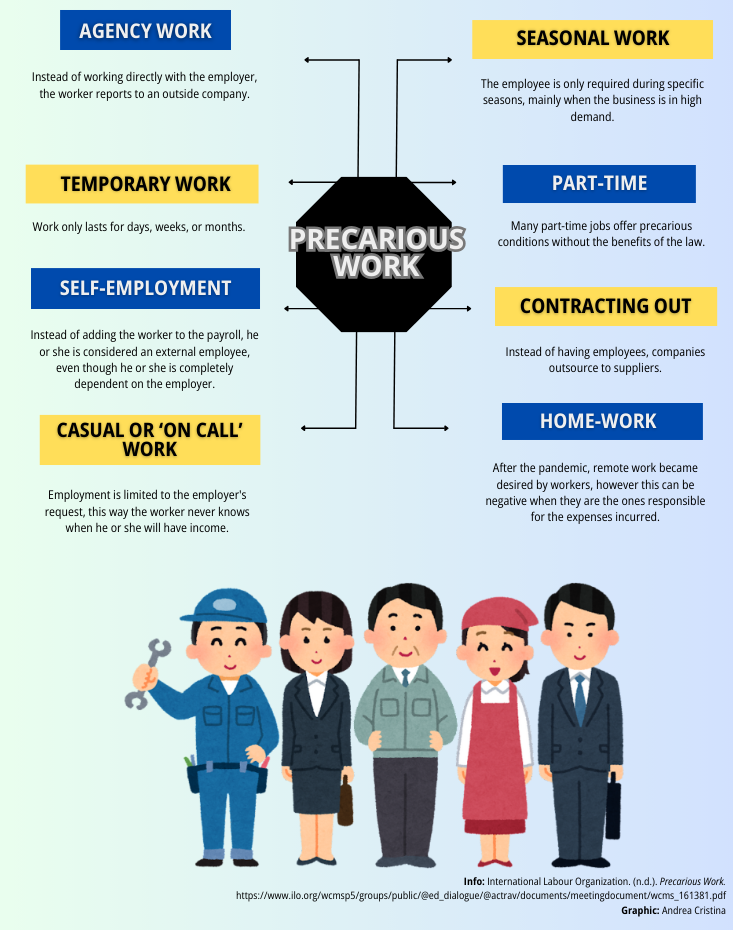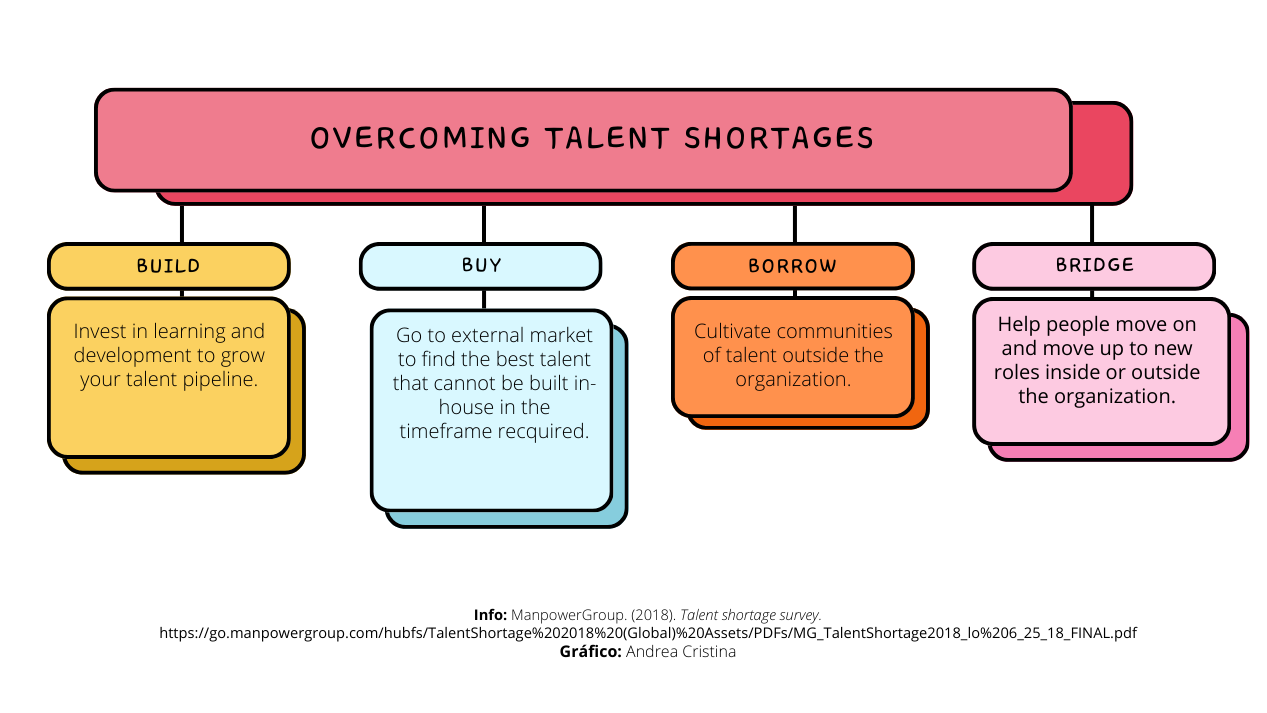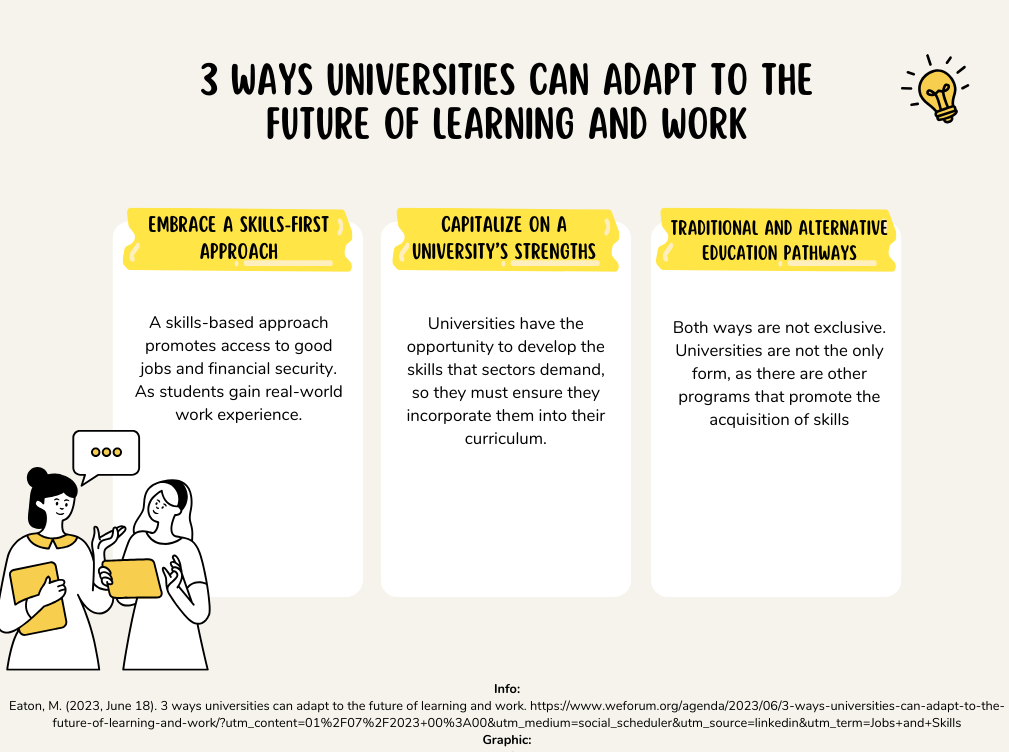The talent shortage has increased alarmingly recently, especially after the pandemic. Although this global problem is multifactorial, employers seem to ignore one of the most critical: job insecurity.
What is Talent Shortage?
In her article for Factorial, Diana Quintero describes talent scarcity as the lack of prepared professionals who meet the requirements that recruiters request. Quintero explains that in many areas with the most significant staffing deficits, candidates must possess skills not traditionally part of the curricula nor practiced in schools, such as self-discipline, resilience, teamwork, problem-solving, and leadership.
In 2023 alone, global talent scarcity hit its highest level in 17 years: Out of every 100 employers, only 23 could fill their vacancies without difficulty. Moreover, by 2030, the shortage of professionals for particular positions will reach 85 million worldwide.
The main problem is that a lack of talent slows down companies’ growth, directly affecting their competitiveness and profitability. Mucharraz and Gónzalez also affirm that the demand for talent increases skilled-labor costs globally.
Main Causes of Talent Shortage
Generation Colombia describes talent shortages as “situations where the demand for a skill set exceeds the supply available in the labor market.” Organizations such as Generation, GD Human Capital, and the International Labour Organization list several factors associated with this issue:
- Technological development: Advances in technology drive demand for employees with advanced technical skills.
- Demographic changes: The increase in the proportion of older people retiring results in a lack of experienced professionals in the labor market.
- Competition and globalization: Companies seek to survive in an aggressive economy by competing with imported low-cost goods and services and lowering their employees to inadequate standards.
- Evolution in the nature of work: The trend towards various work modalities, whether flexible, remote, or project-based, demands new skills from workers.
- Mismatches in education: There is a gap between the skills taught by educational institutions and those demanded in today’s work environments.
- Geographic inequalities: The distribution of talent varies worldwide; some areas face a surplus of specific skills while others experience critical shortages.
- Accelerated growth in particular industries: Sectors such as technology, healthcare, and renewable energy are expanding rapidly, often outstripping the supply of available skilled workers.
Besides the lack of qualified personnel, another problem contributing to the talent shortage is related to factors that affect workers directly: salaries and benefits, favorable work environments, job security, and other benefits usually sought in a job. According to an article by Felipe Morales Fredes for El Economista, the concept of work-life balance encompasses free time, working conditions, and salaries that allow this balance to be achieved. In Mexico, 61.1% of people analyze this aspect before accepting a job offer.
Similarly, Gerardo Hernández explains that workers seek jobs in socially responsible companies that provide flexibility and allow life balance. Moreover, they consider other factors beyond the salary, such as the vacation period and the work environment. Unfortunately, the lack of suitable offers “is one factor that fosters the shortage of talent,” as the labor market does not address all these concerns.
Job insecurity
In the words of Dr. Alvarez Enríquez, job insecurity “is a multidimensional phenomenon that affects employment conditions […]; it refers to professional failures when employees cannot find an occupation corresponding to their formative years or to the feeling of uncertainty experienced by those who work without job or social security.”
According to the International Labour Organization, finding a job offering security, full-time hours, and decent wages and benefits is becoming increasingly difficult. Unfortunately, low-paying, fixed-term jobs abound, where employees are forced out on any downturn in business. The graphic below illustrates some examples of job insecurity:

In the article Job Insecurity and Occupational Heterogeneity: a Theoretical-methodological Proposal, Rocío Guadarrama Olivera, Alfredo Hualde Alfaro, and Silvia López Estrada set out four crucial factors contributing to this problem:
- Due to declining job stability, pursuing a specific occupation is no longer the predominant norm in people’s career paths.
- The distinction between salaried and self-employed workers is blurring.
- Working multiple jobs is common in many occupations due to their temporary and intermittent nature. Still, it affects workers of varying skill levels, genders, and ages across widespread sectors.
- Social insurance protection must be improved, as it does not cover the unemployed and only partially protects those employed.
The same article, written more than ten years ago, claimed that job insecurity “causes uncertainty and prevents the creation of a long-term life project and conditions of full autonomy.”
According to data from the National Survey of Occupation and Employment, in Mexico, job insecurity registered its lowest level in a decade; nevertheless, this still means that more than 17.9 million people are affected. Workers who live in precarious employment situations are more vulnerable to in-work poverty and social isolation. Producing job insecurity is cruel and counterproductive, so it is necessary to consider the importance of safe, stable work environments for employee well-being and optimal performance.
A study conducted by Mindy Shoss and other researchers reveals that stoking the fear of job loss has negative consequences. Surveys applied to 600 U.S. wage earners found that job insecurity leads to stress, frustration, and burnout, counteracting any improvement in their performance. Insecure workers tend to focus on pointing out their contributions. They may sabotage their peers, creating a cycle that increases the sense of insecurity.
Ways to Combat Talent Shortage
In one of their studies, the ManpowerGroup explained the different ways various companies have tried to cope with this situation:
- Offer themselves the training and development of collaboration.
- Change education and/or experience requirements.
- Search for talent away from traditional employment sources.
- Improve the working conditions for future employees.
- Provide compensation packages.
- Offer remote and/or flexible models.
However, their studies indicate that some companies want to avoid actively resolving this problem. Thus, the research concludes a new talent strategy consisting of four parts:

“Even if we don’t know what future jobs will look like, we can safely assume that people with the desire and ability to learn, who are smarter, have more social skills, and are more hardworking, will be in better conditions to perform them.”
Dr. Tomas Chamorro-Premuzic, Chief Talent Scientist of the ManpowerGroup.
Generation Colombia also proposes reinventing hiring processes, improving the qualifications of those already employed by the company, and promoting diversity and inclusion in the workplace. They highlight that collaboration with the different educational institutions and employment programs is essential to cope with this problem.
It becomes imperative, then, to rethink the hiring process. According to Rand Ghayad for the World Economic Forum, in the U.S. alone, not having a college degree automatically eliminates 64% of candidates. However, employers in challenging sectors can effectively address the talent gap by focusing on skills, abilities, and competencies rather than academic achievement, thus offering more possibilities to those looking to improve their career opportunities.
The role of universities
While talent shortages are a real problem faced by recruiters and companies worldwide, higher education institutions and civil society organizations have sought ways to address these difficulties. Irving Alemán points out that one of the parties responsible for resolving this phenomenon is the universities because the training of future workers depends on them.
Therefore, it becomes essential for higher education institutions to train professionals in areas other than the humanities and administration that already suffer from overpopulation, which affects their quality of life after graduation.
Mirielle Eaton of the World Economic Forum also highlights the role of universities, explaining it is essential to consider how they must adapt to meet new societal needs. She emphasizes three fundamental aspects (see graphic below).

Different universities and associations have opted for alternative credentials, whether through MOOCs, short-cycle programs, boot camps, or others. These consider the competencies, skills, and learning achievements acquired through activities not necessarily linked to obtaining a university or professional degree; instead, they are based on assessment and align with the specific needs of the current labor market.
Associations like Generation, YouthBuild, Laboratoria, and the International Youth Foundation offer programs that are an alternative for acquiring skills that lead to access to quality jobs. These programs are shorter and are aimed at those who do not have the opportunity to study at a higher level or want to train in a new area.ar
In addition, their constant participation and collaboration with companies allows them to adapt their programs to the needs of the labor markets, which favors both: the employer fills vacancies with qualified personnel, and the worker obtains a decent job.
These initiatives are constructive in counteracting the talent shortage problem; however, the institutions must pay attention to the needs of their graduates beyond just looking for alternatives.
The Path to Follow
Hernandez explains that companies must reinvent themselves to be more attractive to their employees. As Mónica Flores said in an interview, “We have to change this thinking that just by paying a salary, you get the best talent. The salary is still essential, but so are the benefits, the flexibility, the inspiration, and the purpose. Salary is important, but it’s not enough. There are many other things that talented job seekers appreciate and look for.”
In a competitive work world, companies’ main task is to attract and retain talent. Flexibility, competitive salaries, and career advancement can help counteract this trend without sacrificing investment in learning and talent development.
According to Miguel López, companies will be able to attract talent more quickly once they improve the conditions of their employees, which will also fortify their retention. Also, most of the profiles currently required have higher technical training and do not always require a university degree.
Dr. Tomas Chamorro-Premuzic, Chief Talent Scientist at ManpowerGroup, argues that regardless of any professional’s qualifications, specific non-technical skills are necessary to succeed. However, it is also important to note that governments are responsible for stopping the rise of this trend. They are also responsible for reducing unemployment and social assistance, regulating working hours, outsourcing, and minimum wages.
All these needs exist, and new obstacles seem to appear every day. Therefore, companies and employees must prioritize updating and acquiring skills, which must always accompany better conditions for workers.
Translation by Daniel Wetta
This article from Observatory of the Institute for the Future of Education may be shared under the terms of the license CC BY-NC-SA 4.0 
)
)


)